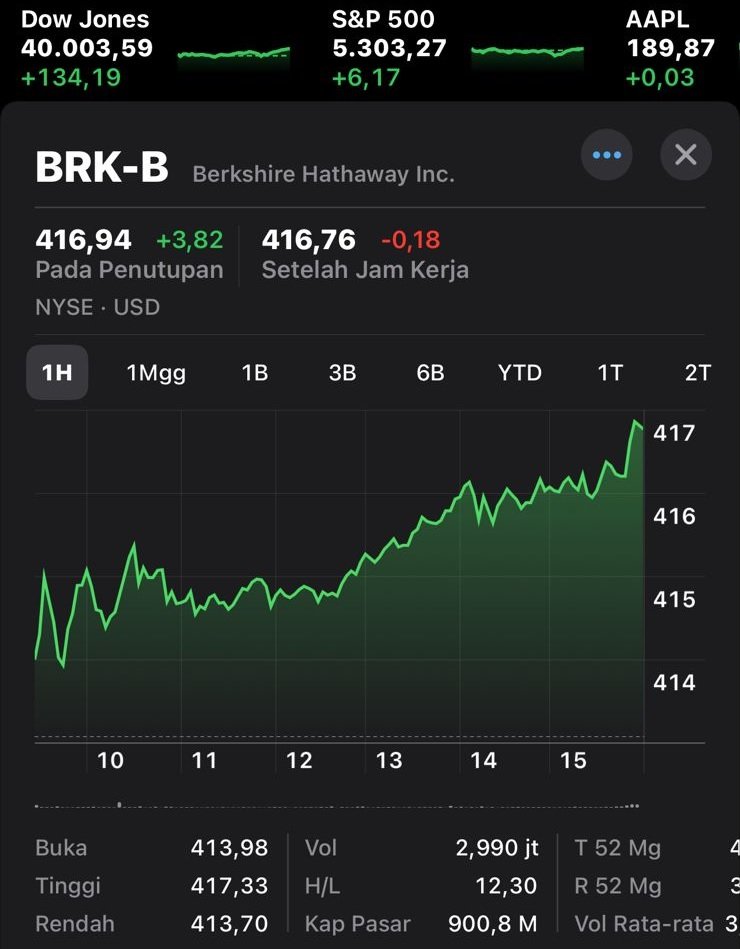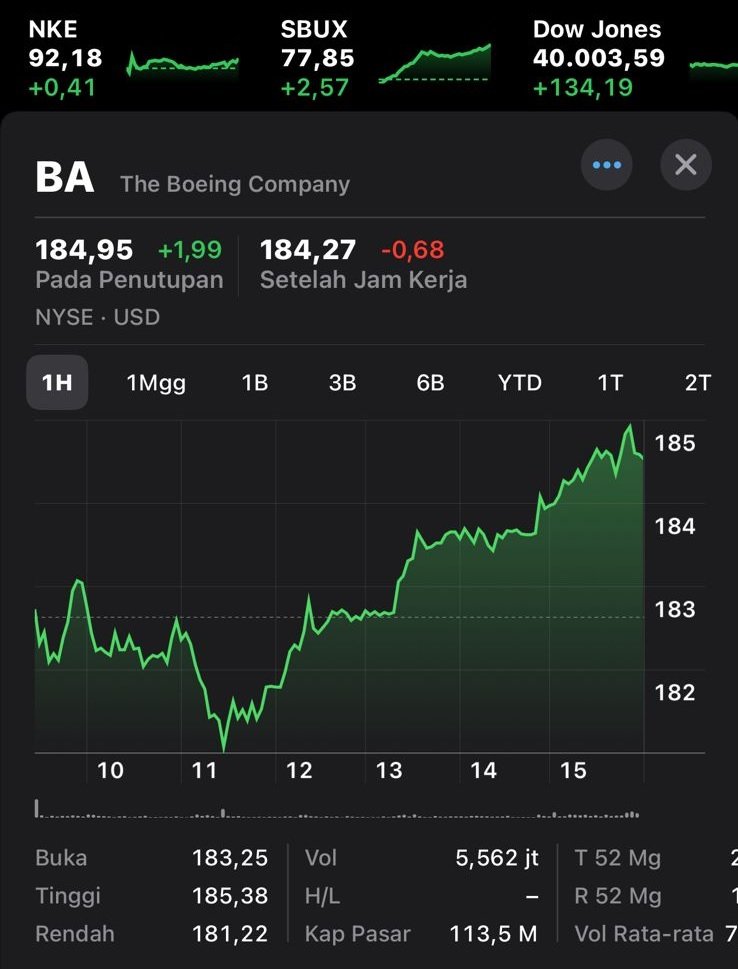In today’s competitive world of modern finance, making smart investment decisions is critical to an investor’s long-term success. So as an investor, it is important to carefully consider various factors before committing our hard-earned capital to an investment. By taking the time to evaluate your risk tolerance, investment goals, market conditions, profit potential, and investment options, we, as investors, can make decisions that align with our financial goals.
Investing without considering key factors is the same as taking photos in the dark, with no light that we can catch. And as an investor, it’s important to understand that investing is not a one-size-fits-all approach. Each individual who becomes an investor has unique financial circumstances, goals, and risk tolerance. By considering these main factors, an investor can adjust their investment strategy.
First and foremost in any investment activity it is important to assess risk tolerance. Are we comfortable with the potential volatility of investments? Some investors are willing to take higher risks to gain higher potential returns, while others prefer more conservative investments that are important to be safe. Understanding risk tolerance will help us choose investments that suit our investing comfort level and prevent unnecessary stress.
Next, clearly determine our investment goals, do you want to increase wealth in the long term or do you want to generate income in the short term? Is investing a method of saving for retirement, a down payment on a house, or a child’s future education? By clarifying the objectives of the investment, then we can choose investments that suit our specific needs and time period.
The following are several factors that investors need to consider when making an investment, including:
1. Understand risk tolerance and investment objectives.
Risk tolerance and investment objectives are two important factors in investing that every investor must consider before they make an investment. Risk tolerance refers to an individual’s ability to handle potential losses associated with an investment they make. Some investors feel more comfortable taking higher risks so they can earn higher returns, while others prefer a more conservative approach. So, we as investors need to assess this risk tolerance accurately, because this will determine the type of investment that is suitable for us.
When evaluating risk tolerance, investors should consider factors such as their age, income stability, investment horizon, and their financial obligations. Younger investors with stable incomes and long investment horizons may feel they have a higher risk tolerance, because they have more time to recover from potential losses if bad luck occurs. On the other hand, investors approaching retirement or those who have urgent financial needs may prefer investments with a lower level of risk to protect their invested assets.
In addition, clearly defining investment objectives is very important in determining the right investment strategy for the investor. An investor’s goals may include saving for retirement, funding their children’s education, purchasing a home, or simply increasing their assets. Each goal an investor sets has a different time horizon and requires an investment approach tailored to that goal. For example, if an investor is saving for retirement, then the investor can choose long-term investments with higher growth potential. On the other hand, if investors are saving for short-term goals such as a down payment on the house they dream of, then these investors can prioritize investments that are more stable with lower volatility.
2. Evaluate current market conditions.
Another key factor that investors need to consider before they make an investment is evaluating current market conditions. Financial markets are influenced by various factors, including economic indicators, geopolitical events, and investor sentiment, which investors need to consider carefully. By staying aware of market conditions, investors can make more appropriate investment decisions.
One great way that investors can evaluate market conditions is to analyze economic indicators such as GDP growth, inflation rates, and interest rates. These economic indicators can provide investors with valuable information and insight into the overall health of the economy and can help them determine potential risks and opportunities in the market.
Geopolitical events can also influence financial market conditions, as political instability, trade tensions, and global events can cause market volatility and uncertainty. Therefore, investors need to stay up to date on geopolitical events and consider their potential impact on their investments.
Lastly, investor sentiment plays an important role in the market conditions prevailing in financial markets. Market sentiment refers to investors’ attitudes and beliefs in general, and positive sentiment can encourage the market to strengthen, while negative market sentiment can cause financial markets to decline. By monitoring market sentiment, investors can measure market expectations and adjust their investment strategies to the prevailing market sentiment in that market.
3. Analyze potential profits and risks.
Before making any investment, investors need to thoroughly analyze the potential profits and risks associated with their investment. Investing involves a trade-off between potential returns and risk, so it is important for investors to strike a balance that aligns with their risk tolerance and investment goals.
When analyzing profit potential, investors should consider factors such as historical performance, projected earnings, and dividend yield. Investors should look for investments that have a track record of consistent returns and solid growth potential. However, investors should be aware that past performance is not necessarily indicative of future results. So investors must conduct thorough research and consider various sources of information before making their investment decisions.
What is no less important is evaluating the risks associated with their investment. Investors should consider factors such as market volatility, industry risk, and the specific risks of their investment target companies. Diversification can help them mitigate some of these risks by spreading their investments across different asset classes, sectors and geographic regions. By diversifying their investment portfolio, investors can reduce the impact of a single investment on their overall portfolio performance.
4. Research investment options.
The final key factor that investors need to consider before making an investment is to conduct thorough research regarding the investment options available to them. Investors should understand the investment landscape and explore various investment options that align with their risk tolerance, investment objectives, and emerging market conditions.
Investors can start by researching various asset classes such as stocks, bonds, real estate, and commodities. Each asset class has its own characteristics, risks and profit potential that investors must pay attention to. Consider how each asset class fits into their overall investment strategy and the investor’s diversification goals.
Next, investors should delve deeper into the specific investment options within each available asset class. For example, if an investor is considering investing in stocks, then research different companies, industries, and sectors. Look for companies with strong fundamentals, competitive advantages, and a promising growth trajectory, so that we can conclude whether it is worth investing in.













